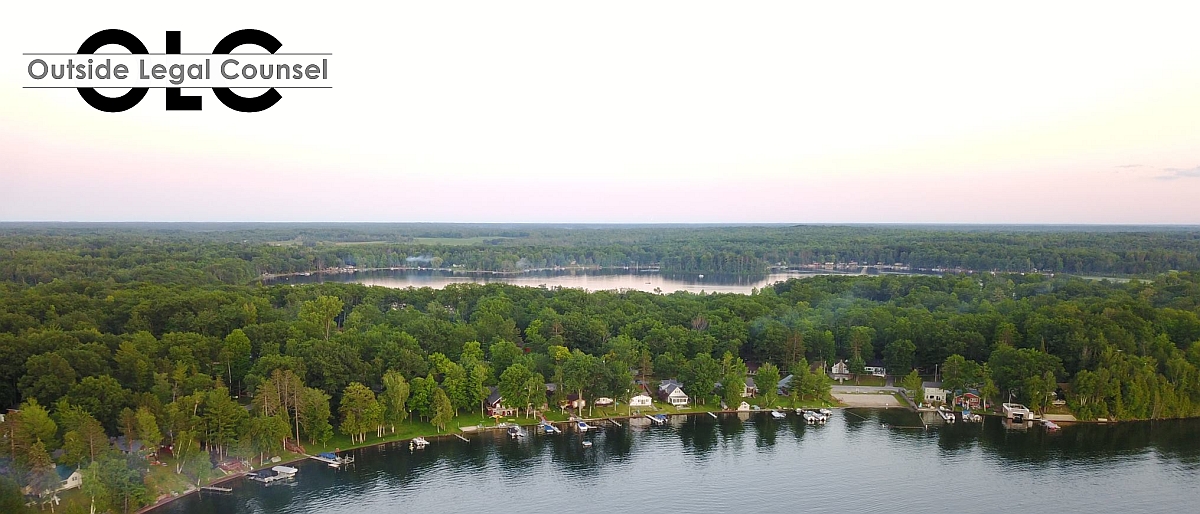
Under Michigan law, a person who uses land that actual, visible, open, notorious, hostile, under cover of a claim of right, continuous, and uninterrupted for the statutory period of 15 years can claim a prescriptive easement. Now, it also includes long-term overuse of already existing easement when sustainably undertaken.
The doctrine of prescriptive easement turns what was once a long-term trespasser into a lawful permanent property rights holder with the ripened right to continue its use indefinitely. But in today’s modern world, there is so few circumstances where land use is true pure. In many instances, users have simply just used the property far in excess, without permission or authority, from what was originally granted decades ago. The question long lingering in Michigan law is whether the “overuse” of a property can ever become a prescriptive right.
Under a new decision secured by Outside Legal Counsel, the answer is yes.
The story in Astemborski v Manetta is not an unfamiliar one. (Full disclosure: OLC proudly represented the successful defendants in this case through the Michigan Supreme Court.) In the early 1960s, a property owner held a single but sizeable piece of waterfront property on Higgins Lake. The owner began selling off splits with each containing a cabin plus lake access. As part of each property sale, the owner solely deeded a “20 feet wide” easement “for access” to the lake through Easement No. 2.

From the trial court’s view, this “for access” provision meant ingress/egress to and from Higgins Lake. Yet, for decades thereafter, the owners of the splits (blue and orange) annually installed and used a shared seasonal placement of a shared dock, moored boats, winter-stored the dock on the shore, and undertook other uses of this 20ft Easement No. 2.
The successors of the original owner (red) sued, demanding that use of the 20ft easement needs to revert to back to only access, i.e. no boat mooring, no dock, and no water-side activities. OLC was retained to defend the split owners.
After a three-day trial, the court found in favor of split owners by way of prescriptive easement. The decades of use beyond the right of “for access” was hostile and otherwise met all the requirements for a prescriptive easement.
The main parcel owner appealed arguing that decades of such use of an express easement cannot ever ripen into a prescriptive easement. The Court of Appeals affirmed the trial court’s decision. It explained that a prescriptive easement is “no more than an unopposed, continuous trespass on another’s property for 15 years” and rejected the argument “overuse” of an express easement – in itself – cannot ever give rise to a prescriptive easement.
The property owners later tried to appeal to the Michigan Supreme Court but were denied.
Legal Authority: Astemborski v Manetta, Case No. 352066
